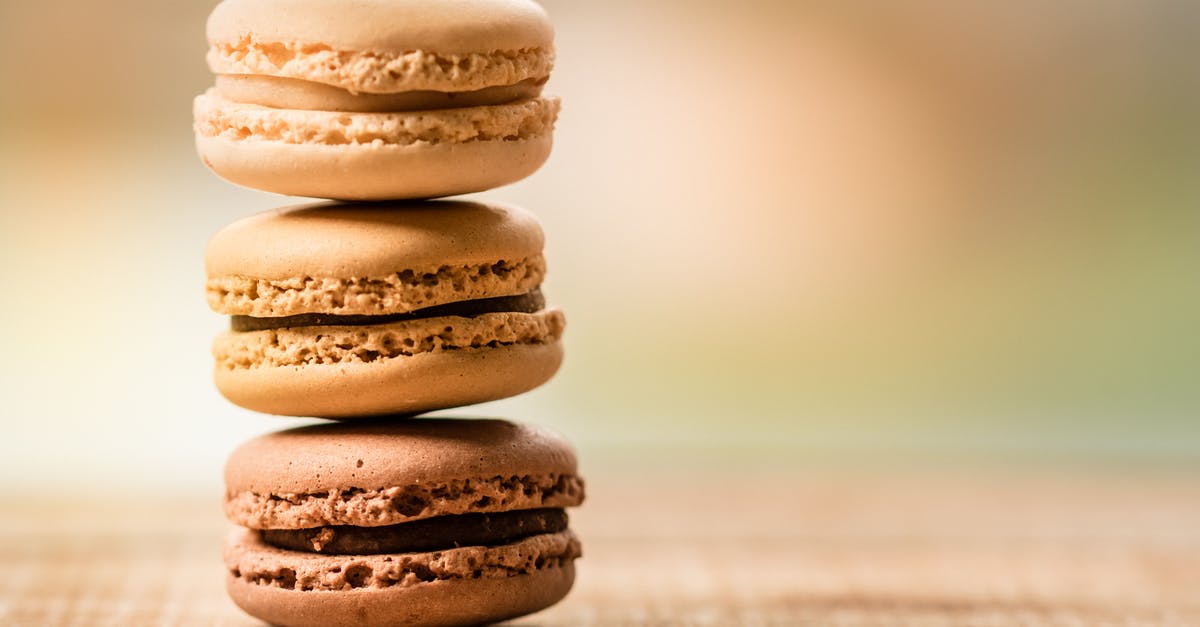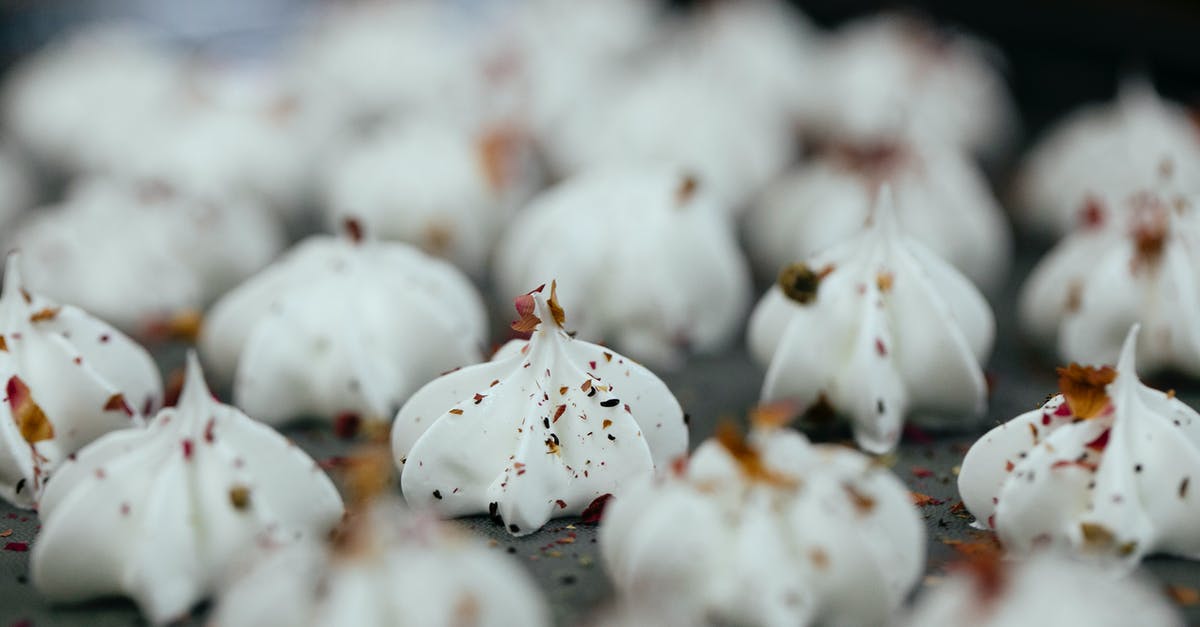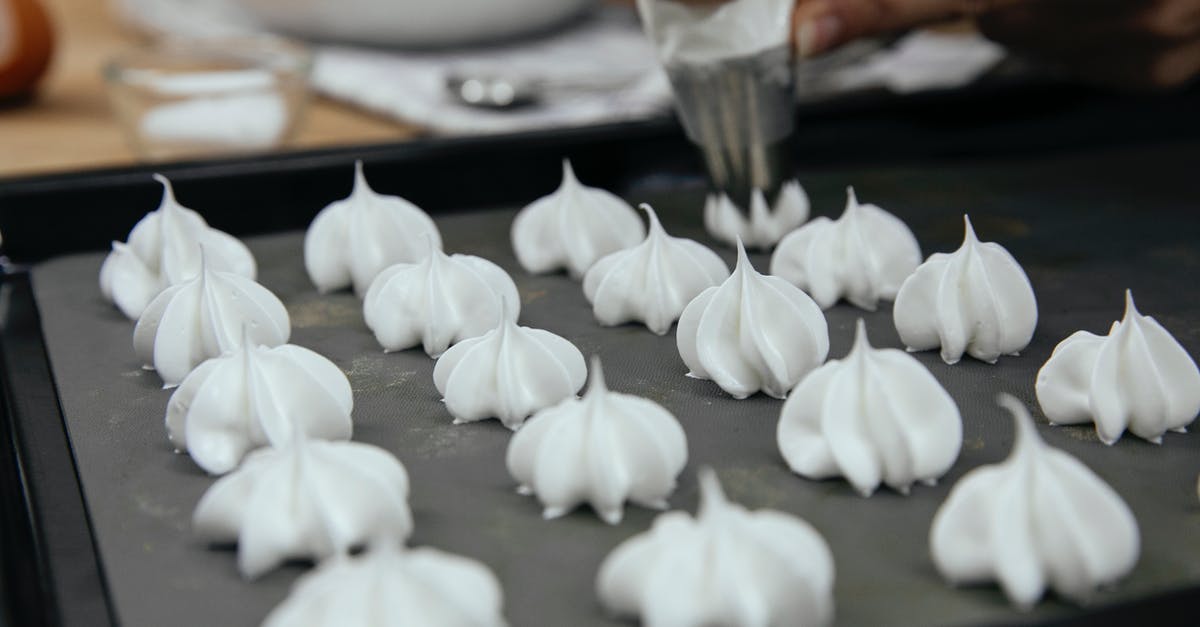What are the Purposes of the Types of Meringue that are used for Pastry?

i have seen a lot of recipes, which calls french meringue mostly in spongy cakes in the japanese cheesecake for example and other cake recipes, but for the decoration and filling of them are used another kind of meringue that could be swiss or italian meringue, also even a mix of buttercream with italian meringue, or heavy cream with meringue, or just cream with something, or just buttercream, but what i want to know is what are the purposes of each type of meringue in pastries,cakes, even in ice creams for a more creamy texture maybe. i know the different and delicate as well preparation of those, specifically about how the sugarr its join together. something that i know its that the french meringue its more weak to keep stand and firm for while than swiss and italian ones or not?.
Best Answer
great question.
first of all, each meringue originated from a different culture and as such is more prevalent within recipes of that culture. more modern recipes might choose to use a different variant of meringue to get a more nuanced texture than in classic recipes.
I would like to refer you to a great article about this issue. here is an excerpt:
French:
sometimes referred to as "ordinary"—is the most basic of the trio and the least stable until baked. Egg whites are beaten until they coagulate and form soft peaks, at which point sugar is slowly incorporated until the mixture has attained full volume; is soft, airy, and light; and stands at attention when the whip is lifted. French meringue is customarily spooned or piped into different forms, including dessert shells (such as vacherins) and cake layers (as in a dacquoise), and baked, later to be topped with fruit, mousse, or whipped cream. It is also often folded into batters (for lady fingers, sponge cakes, soufflés, and the like) and baked.
Swiss:
is prepared by gently beating egg whites and sugar in a pan that sits above boiling water, without touching it. When the mixture reaches 120 to 130 degrees Fahrenheit and the sugar is completely dissolved, the mixture is pulled off the heat and beaten vigorously to increase and attain full volume and then at a lower speed until cool and very stiff. Swiss meringue is smoother, silkier, and somewhat denser than French meringue and is often used as a base for buttercream frostings.
Italian:
is made by drizzling 240-degree Fahrenheit sugar syrup into whites that have already been whipped to hold firm peaks. Whipping continues until the meringue is fully voluminous, satiny, stiff, and cool. Italian meringue is often used to frost cakes (alone or as a base for buttercream frostings), to top filled pies, or to lighten ice creams, sorbets, and mousses.
Pictures about "What are the Purposes of the Types of Meringue that are used for Pastry?"



What is the purpose of meringue?
Meringue may be used for embellishment. It can be formed into whimsical shapes, such as mushrooms, or piped into a crisp basket that is baked and filled with cake, fruit, or flowers.What are the 3 different types of meringue?
The Different Types of Meringue- French Meringue. French meringue is made by first whipping up egg whites until the mixture reaches soft peaks, before gradually adding sugar until the mixture reaches stiff peaks. ...
- Swiss Meringue. Swiss meringue is denser and glossier as compared to its French cousin. ...
- Italian Meringue.
What are the different types of meringue?
The Three Types of Meringue- French Meringue. The simplest, most common or classic type of meringue is the French meringue. ...
- Swiss Meringue. ...
- Italian Meringue.
What are the two types of meringues?
Two common types of meringue are French and Swiss. The main ingredients are the same, but the techniques are varied, resulting in differences of texture, stability and best uses in desserts. Read on and watch our video to learn how to make French and Swiss meringues.3 types of MERINGUE - what's the difference
Sources: Stack Exchange - This article follows the attribution requirements of Stack Exchange and is licensed under CC BY-SA 3.0.
Images: Ylanite Koppens, Jill Wellington, Katerina Holmes, Katerina Holmes
